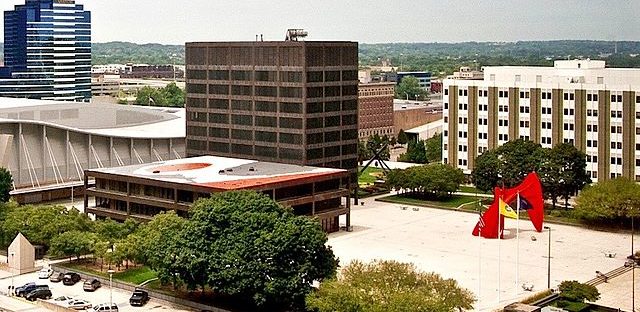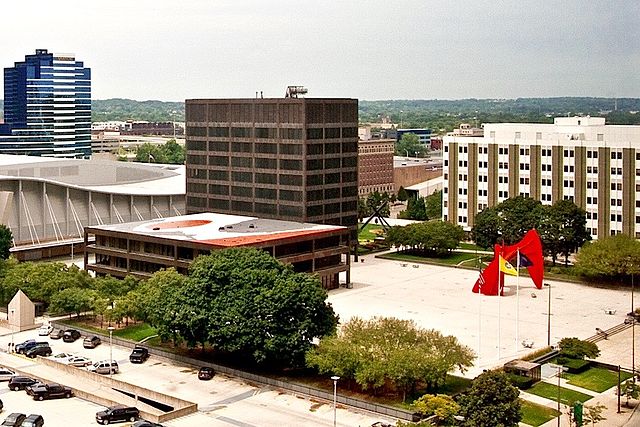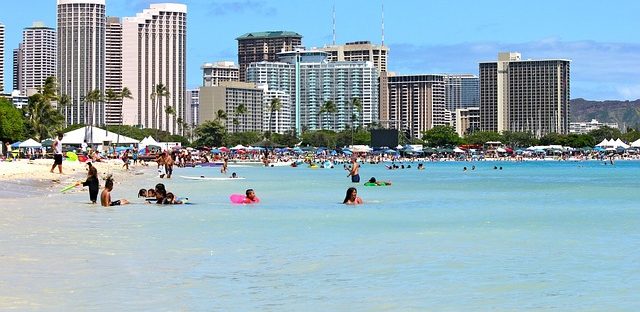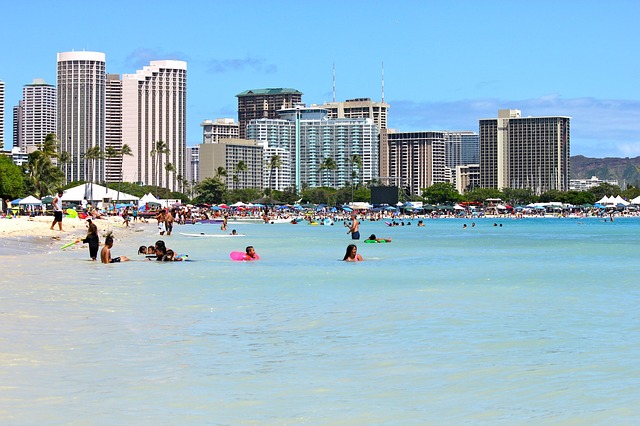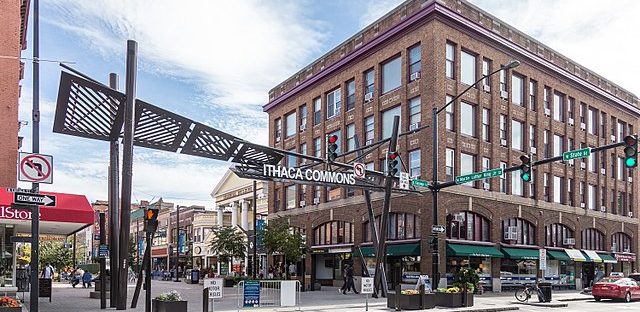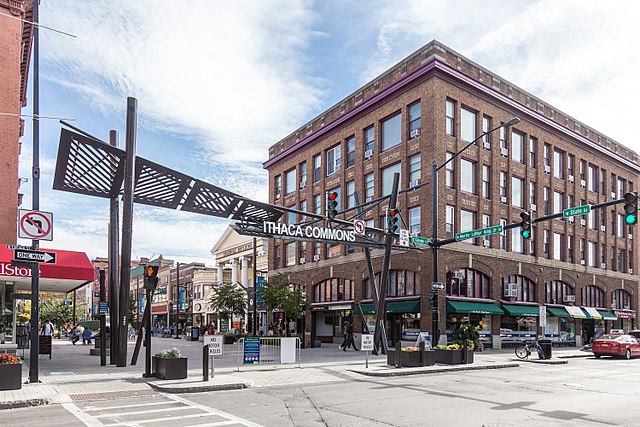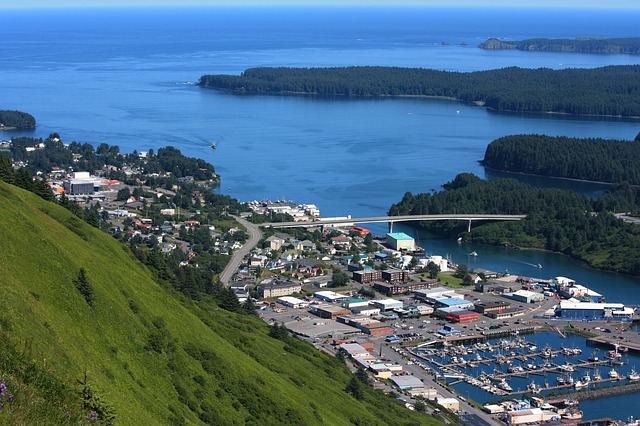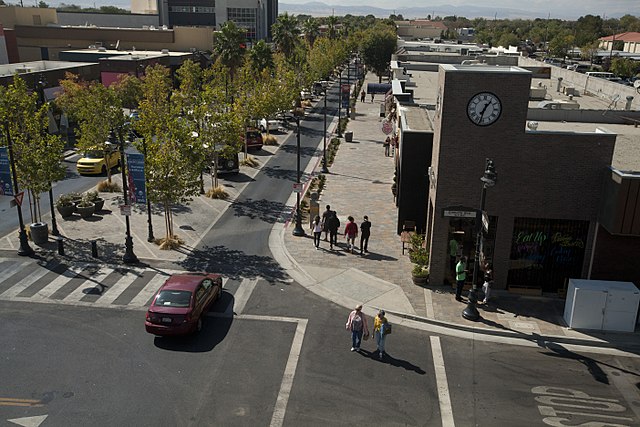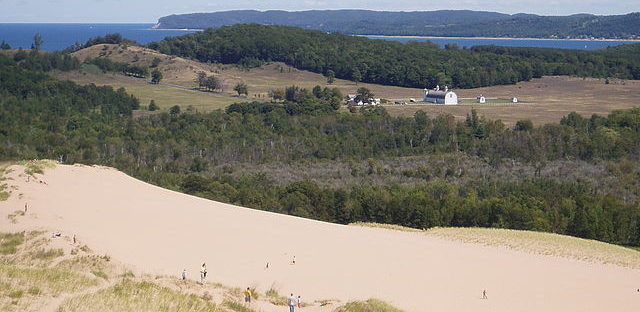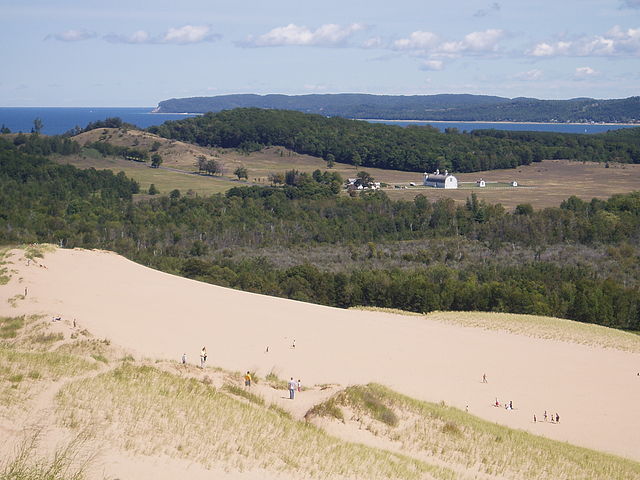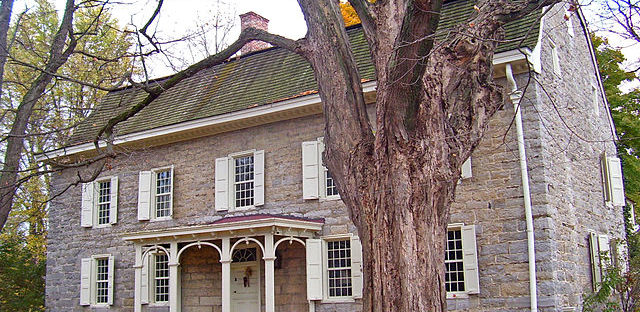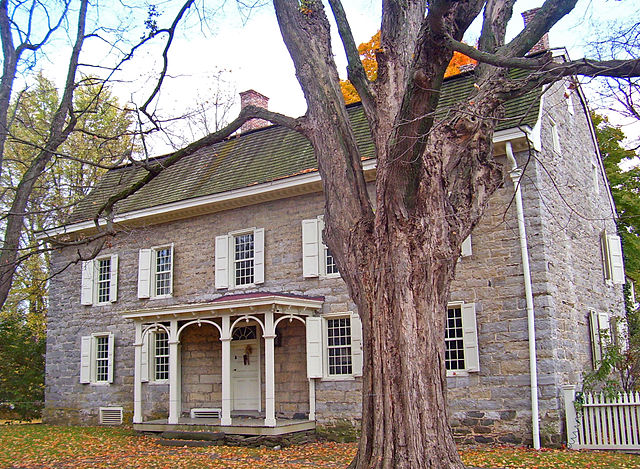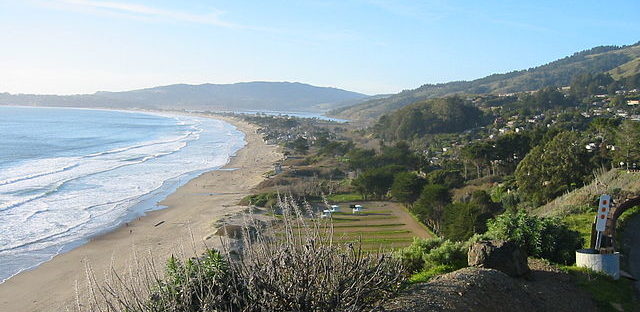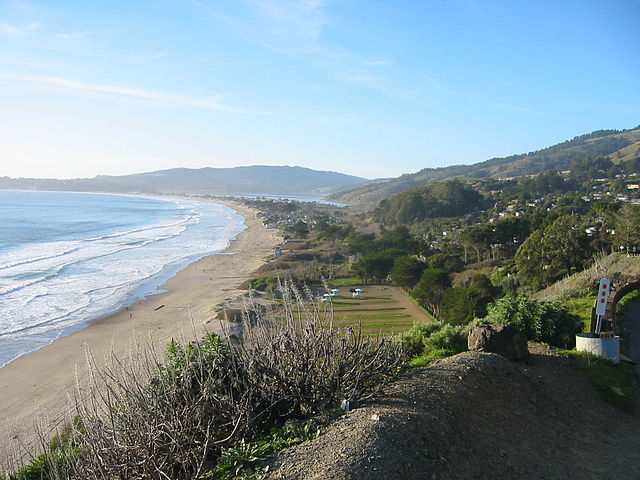Implementation: Marbletown is located in New York's Hudson River Valley, positioned on the edges of the Catskills and Shawangunk Mountains. To achieve its energy target, Marbletown joined the Renewable Highlands Community Choice Aggregation (CCA) program, which was enabled by New York's Reforming the Energy Vision initiative. The CCA replaced the town's former electric utility, Central Hudson, as the default electricity provider. The CCA would procure generation for the town, while Central Hudson would continue to provide electricity delivery, service and billing. Customers also have the opportunity to opt out of the program at any time. Through group purchasing of electricity, it is expect that 100% renewable electricity will be supplied at a reduced price compared to electricity supplied by Central Hudson. If it turns out that the CCA cannot obtain electricity on advantageous terms, the town can leave the CCA at no cost and no further obligation. Marbletown CCA began operating in early 2019.
As a rural town, most residents are completely car-dependent for their everyday needs. Marbletown has installed EV charging stations at the town's community and municipal buildings to encourage the use of E-vehicles. To address lower solar production in winter, combined with higher winter electricity demand for heating, Marbletown is looking to reduce energy consumption through better building efficiencies. However, this challenge may better be addressed outside the town's borders. The state of New York is pursuing the deployment of 2,400 MW of offshore wind, and hydropower resources from Quebec, Canada.
Other than solar, local renewable energy resources found in Marbletown are hydropower and biomass. The town has numerous small streams and an existing run-of-river hydro plant. Many town residents save money by heating with wood stoves, rather than fuel oil. The state has generous incentives for the installation of advanced wood heating systems. Marbletown has also participated in a Solarize campaign that has resulted in 16 residential solar installations in the town and 30 additional installations in the other two participating towns. The town is also planning to lease their rooftops for community solar developments, upgrade the local utility-owned hydropower plant, ban natural-gas connections and pipelines in the town, modify the cost of building permits to favor building efficiency and electrification, amongst others. (Via Greentech Media)

